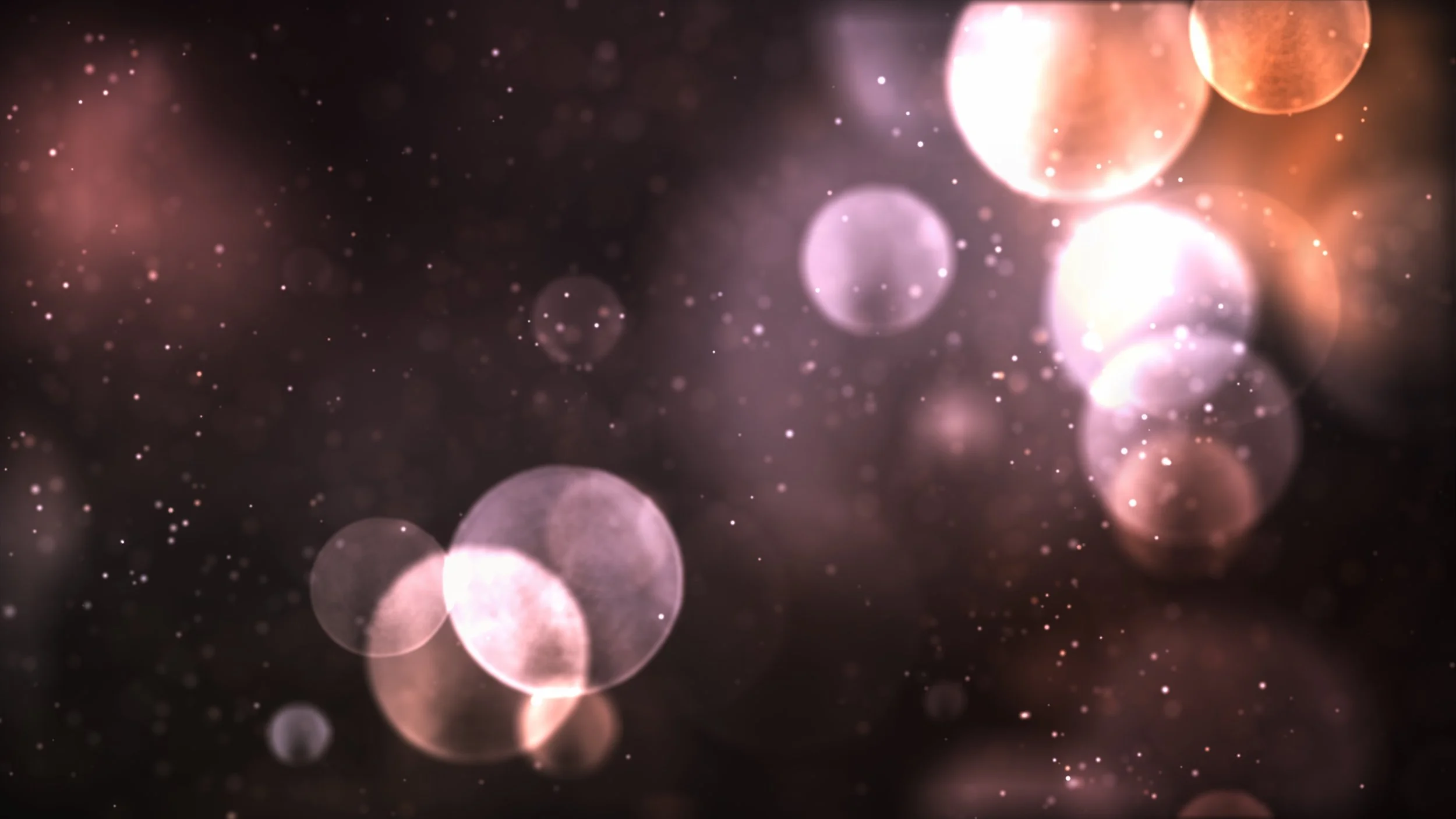What is an Unconscious Phantasy?
We talk, in a rough and ready way, of acts and experiences 'in memory', 'in dreams', 'in imagination', and 'in reality'. Look, I'd just dreamt I bought a white Lamborghini Huracan last night and it was so real! I must desire it! hmm...or maybe it just represents something I may never have...or it might symbolise my current mental position on the state of my life. ... Some psychoanalysts propose that we can also talk about experiences 'in' 'unconscious phantasy'. But is unconscious phantasy a mode or a type of experience? If it is, it is with a difference. If not, what is it, if not a figment of imagination? Can we prove that it exists? Do we have to be unconscious to have a phantasy? How's it different to a fantasy?
The psychoanalytic thesis can be stated thus: it is not possible to prove the existence of unconscious phantasy to the person who is immersed in it. Unconscious phantasy can be known to be phantasy only after the person's own emergence from it. This way of putting it is riddled with difficulties, and so is every other way. The situation is not assisted by the fact that the concept of unconscious phantasy has received very little scrutiny from an existential and phenomenological perspective. And yet no comprehensive account of human relations can ignore it. Let's look at a few different perspectives.
In Kleinian theory, unconscious phantasies underlie every mental process and accompany all mental activity. “Ph” is used instead of “F” to distinguish this concept from daydreaming or imagining. They are the mental representation of those somatic events in the body that comprise the instincts, and are physical sensations interpreted as relationships with objects that cause those sensations. Phantasy is the mental expression of both libidinal and aggressive impulses and also of defence mechanisms against those impulses. Much of the therapeutic activity of psychoanalysis can be described as an attempt to convert unconscious phantasy into conscious thought.
Freud introduced the concept of unconscious phantasy and phantasising, which he thought of as a phylogenetically (i.e., relating to the evolutionary development and diversification of humans') inherited capacity of the human mind. Klein adopted his idea of unconscious phantasy but broadened it considerably because her work with children gave her extensive experience of the wide-ranging content of children's phantasies. She and her successors have emphasised that phantasies interact reciprocally with experience to form the developing intellectual and emotional characteristics of the individual; phantasies are considered to be a basic capacity underlying and shaping thought, dream, symptoms and patterns of defence.
According to a paper by Susan Isaacs (1952) on 'The nature and function of Phantasy', she states that she is ‘mostly concerned with the definition of "phantasy"; that is to say, with describing the series of facts which the use of the term helps us to identify, to organise and to relate to other significant facts’.
She summarises her argument as follows:
1. The concept of phantasy has gradually widened in psychoanalytic thought. It now requires clarification and explicit expansion in order to integrate all the relevant facts.
2. On the views here developed:
- Phantasies are the primary content of unconscious mental processes.
- Unconscious phantasies are primarily about bodies, and represent instinctual aims towards objects.
- These phantasies are, in the first instance, the psychic representatives of libidinal and destructive instincts. Early in development they also become elaborated into defences as well as wish-fulfilments and anxiety contents.
- Freud's postulated 'hallucinatory wish-fulfilment' and his 'primary identification', 'introjection', and 'projection' are the basis of the phantasy life.
- Through external experience, phantasies become elaborated and capable of expression, but they do not depend upon such experience for their existence.
- Phantasies are not dependent upon words, although they may under certain conditions be capable of expression in words.
- The earliest phantasies are experienced as sensations: later they take the form of plastic images and dramatic representations.
- Phantasies have both psychic and bodily effects, e.g. in conversion symptoms, bodily qualities, character and personality, neurotic symptoms, inhibitions and sublimations.
- Unconscious phantasies form the operative link between instincts and mechanism. When studied in detail, every variety of ego-mechanism can be seen to arise from specific sorts of phantasy, which in the last resort have their origin in instinctual impulses. ‘The ego is a differentiated part of the id.’ A 'mechanism' is an abstract general term describing certain mental processes which are experienced by the subject as unconscious phantasies.
- Adaptation to reality and reality-thinking require the support of concurrent unconscious phantasies. Observation of the ways in which knowledge of the external world develops shows how the child's phantasy contributes to his learning.
- Unconscious phantasies exert a continuous influence throughout life, both in normal and neurotic people, the differences lying in the specific character of the dominant phantasies, the desire or anxiety associated with them and their interplay with each other and with external reality.
Key Papers:
Freud, S. (1911, 1916)
1911 'Formulations on the two principles of mental functioning'. The Standard Edition of the Complete Psychological Works of Sigmund Freud, Vol. 12. Hogarth Press (1958). Phantasy functions according to the pleasure principle, equating 'reality of thought with external actuality, and wishes with their fulfilment' (p.225). Phantasies are likely to arise when instinctual wishes are frustrated.
1916-17 'The paths to the formation of symptoms', Lecture 23 of Introductory Lectures on Psychoanalysis in The Standard Edition of the Complete Psychological Works of Sigmund Freud, Vol. 16. Hogarth Press (1963). Sources of 'primal phantasies' (primal scene, seduction by adults, castration) lie in instincts and are part of innate, phylogenetic endowment. Phantasy as physical reality.
Klein, M. (1921, 1932a, 1936, 1952 and indeed most of her papers)
Klein does not define phantasy, but stress on it is evident throughout her work with both children and adults.
1921 'The development of a child'. Vivid description of a child's unconscious phantasies accompanying his reality-based activities.
1936 'Weaning'. Klein's belief that analysis shows phantasies are in the mind of an infant 'almost from birth'.
1952 'Observations on the behaviour of young infants'. Unconscious knowledge of the breast exists at birth and in phylogenetic inheritance (p. 117).
1948 Isaacs, S. 'On the nature and function of phantasy', International Journal of Psychoanalysis. 29: 73-97; republished in M. Klein, P. Heimann, S. Isaacs and J. Riviere (eds.) Developments in Psychoanalysis. Hogarth Press (1952). Unconscious phantasy defined as the 'mental corollary, the unconscious mental processes' and described as defence against anxiety.
1962 Bion, W. Learning from Experience. Heinemann. Assumes that individuals are born capable of 'preconceptions' that, if 'realised' in experience, may give rise to 'conceptions'.
1991 Hinshelwood, R. D. A Dictionary of Kleinian Thought, 2nd edition. Free Association Books. Emphasis on Klein's findings that phantasies may accompany 'realistic' activities. Unconscious phantasies tacitly express the believe that bodily sensations are caused by internal mental objects. Detailed discussion of unconscious phantasy in Controversial Discussions, 1941-1945.
















What is the psychological mechanism of Projection? How can we understand and manage it?